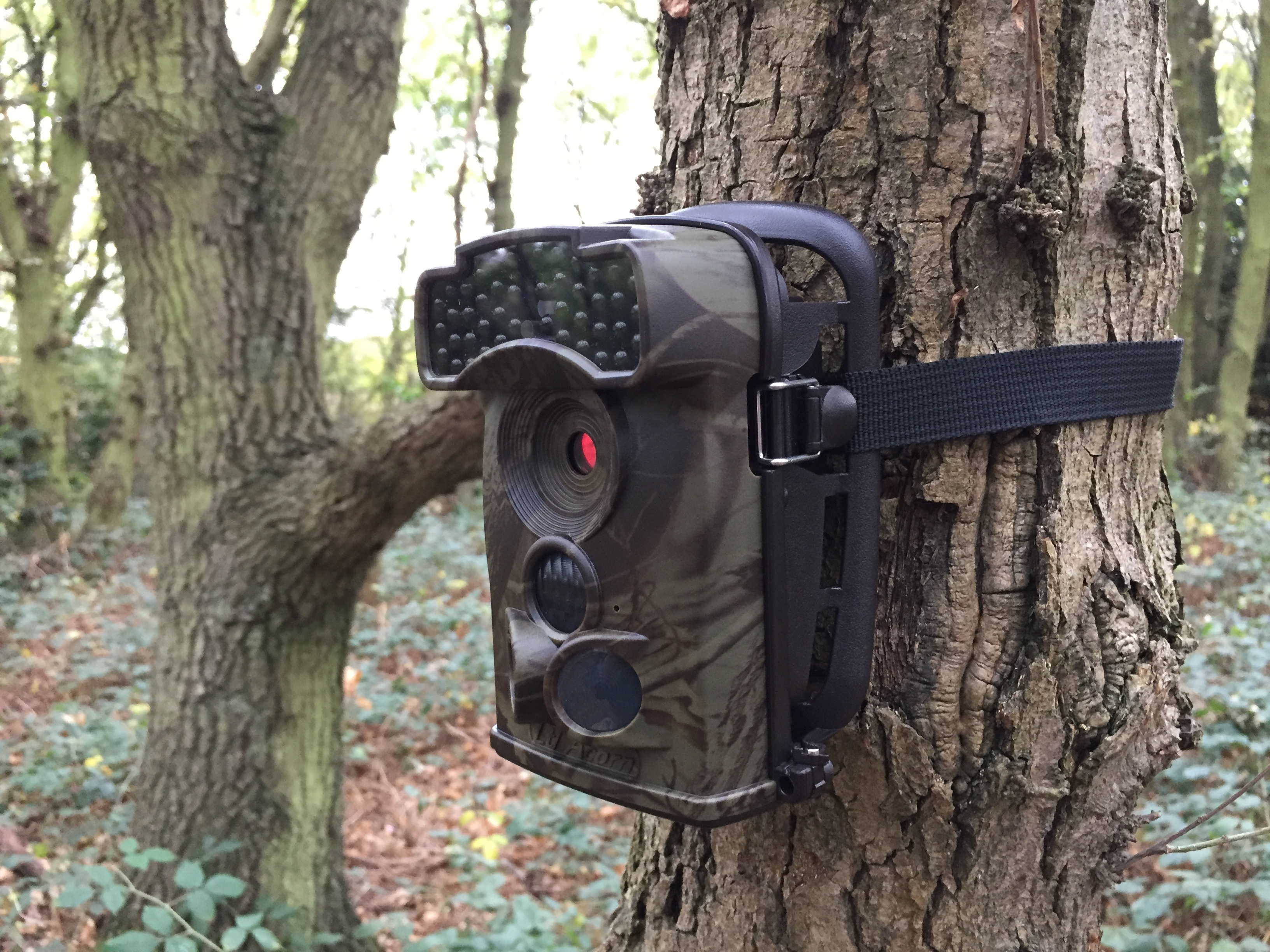We use cookies to make your experience better. To comply with the new e-Privacy directive, we need to ask for your consent to set the cookies. Learn more.
Powering Ltl Acorn Cameras

Keeping your Ltl Acorn trail cameras up and running should be a straightforward task in theory, although in practice there are actually a number of different options available. This means that you need to choose the route that makes sense for your needs and resources in order to get the best possible performance from the model or models you own.
To clear up any questions you might have, here is a quick rundown of the main options you have for powering Ltl Acorn trail cameras.
Battery Power
Using batteries to power a portable camera makes sense because you might want to set it up in a remote location where no other power source is available.
Not all batteries are created equal, of course. You will not only need to choose between single use disposable batteries or rechargeable cells, but will also have to make your selection based upon the battery’s chemical make-up.
The biggest draw on the battery will be the LED lighting array, used to light up night time scenes when movement is detected. Because of this, higher capacity batteries are the best option.
In general, it is best to avoid disposable batteries which rely on zinc carbon or zinc chloride to store energy. These will have lower capacities and will struggle to provide the power required to drive the LEDs of a Ltl Acorn trail camera.
Ideally, you should opt for alkaline batteries if you are going to use disposable cells. This technology offers capacities of anywhere up to 3000mAh and can keep the more compact LED arrays working over decent periods.
Rechargeable batteries are similarly varied in capacity but offer the benefit of not being single use. However, they do have some drawbacks, such as an inevitable decay of storage capacity and performance over time. Steer clear of rechargeable cells which use nickel cadmium because of their low capacities.
Also try to avoid standard nickel-metal hydride batteries because they will discharge energy over time even if they are not used, which is not ideal for trail camera applications. There are low self-discharge variants of these NiMH batteries, which deal with this issue effectively.
Be aware that whichever battery you choose, some maintenance will be required. With disposable cells, leakages and corrosion are less of a problem, but for rechargeable batteries, you should remember to check for signs of wear and tear whenever you revisit your trail camera.
Mains Power
If your trail camera is set up in your garden, or within reach of any form of mains power supply, you may prefer to set up a permanent electricity supply.
This eliminates the depletion issues that accompany all forms of batteries, meaning that you need never worry as to whether or not the camera will have enough power to capture those stunning snaps you value so highly. Just as importantly, the reduction in performance that batteries will suffer when temperatures drop below freezing will also be irrelevant.
The main obstacle to using mains to power your Ltl Acorn camera is, of course, that it requires you to run a cable to where the camera is positioned, which will involve a lot of work to make sure that this connection is out of sight and not a trip hazard. You will also find it more of an effort to move the camera to a new position if you take the mains supply route.
Solar Power
An increasing number of trail camera buyers are opting for Ltl Acorn models which come with built-in solar panels. These can draw on the energy of sunlight and convert this into electricity which is stored on an integrated battery within the camera itself.
The obvious benefit of a solar panel is that you will never need to replace or recharge the onboard batteries manually, since this will be taken care of automatically whenever there is enough light to achieve it.
The downside is that you do need a decent level of direct light to ensure that sufficient charging will actually take place using the solar panel. This means that you cannot set your trail camera up in an area that is heavily shaded. Likewise, if the weather is poor for extended periods, the battery may not be charged adequately from the sunlight alone. This is why solar-powered models often offer slots for additional backup batteries to be installed as a precaution.
